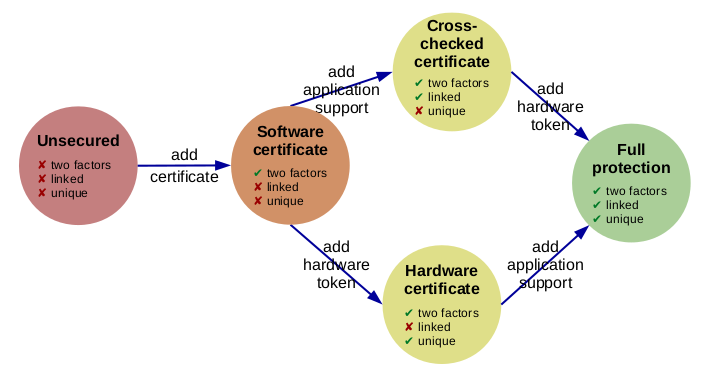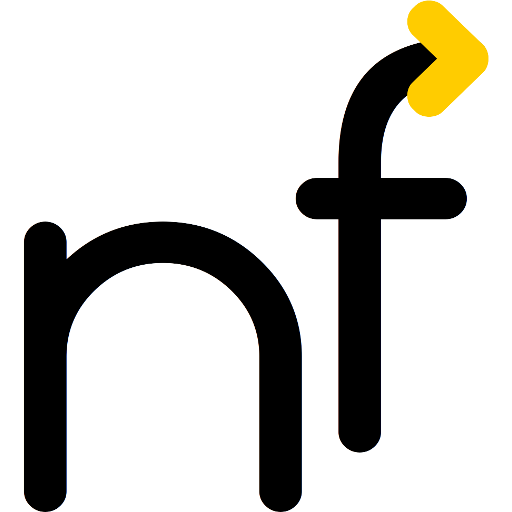
Abstract
An appealing property to researchers, educators, and students is the openness
of the physical environment and IT infrastructure of their organizations. How-
ever, to the IT administration, this creates challenges way beyond those of a
single-purpose business or administration. Especially the personally identifiable
information or the power of the critical functions behind these logins, such as
financial transactions or manipulating user accounts, require extra protection in
the heterogeneous educational environment with single-sign-on. However, most
web-based environments still lack a reasonable second-factor protection or at
least the enforcement of it for privileged operations without hindering normal
usage.
In this paper we introduce a novel and surprisingly simple yet extremely flex-
ible way to implement two-factor authentication based on X.509 user certificates
in web applications. Our solution requires only a few lines of code in web server
configuration and none in the application source code for basic protection. Fur-
thermore, since it is based on X.509 certificates, it can be easily combined with
smartcards or USB cryptotokens to further enhance security.
BibTeX (Download)
@techreport{Zink2017X509,
title = {X.509 User Certificate-based Two-Factor Authentication for Web Applications},
author = {Thomas Zink and Marcel Waldvogel},
url = {https://netfuture.ch/wp-content/uploads/2017/03/kn-2017-disy-03.pdf},
year = {2017},
date = {2017-03-14},
urldate = {1000-01-01},
number = {KN-2017-DISY-03},
institution = {Distributed Systems Laboratory, University of Konstanz},
abstract = {An appealing property to researchers, educators, and students is the openness
of the physical environment and IT infrastructure of their organizations. How-
ever, to the IT administration, this creates challenges way beyond those of a
single-purpose business or administration. Especially the personally identifiable
information or the power of the critical functions behind these logins, such as
financial transactions or manipulating user accounts, require extra protection in
the heterogeneous educational environment with single-sign-on. However, most
web-based environments still lack a reasonable second-factor protection or at
least the enforcement of it for privileged operations without hindering normal
usage.
In this paper we introduce a novel and surprisingly simple yet extremely flex-
ible way to implement two-factor authentication based on X.509 user certificates
in web applications. Our solution requires only a few lines of code in web server
configuration and none in the application source code for basic protection. Fur-
thermore, since it is based on X.509 certificates, it can be easily combined with
smartcards or USB cryptotokens to further enhance security.},
keywords = {Certificates, Identity Management, Security, Two-Factor Authentication, Usability, Web Applications, X509},
pubstate = {published},
tppubtype = {techreport}
}



